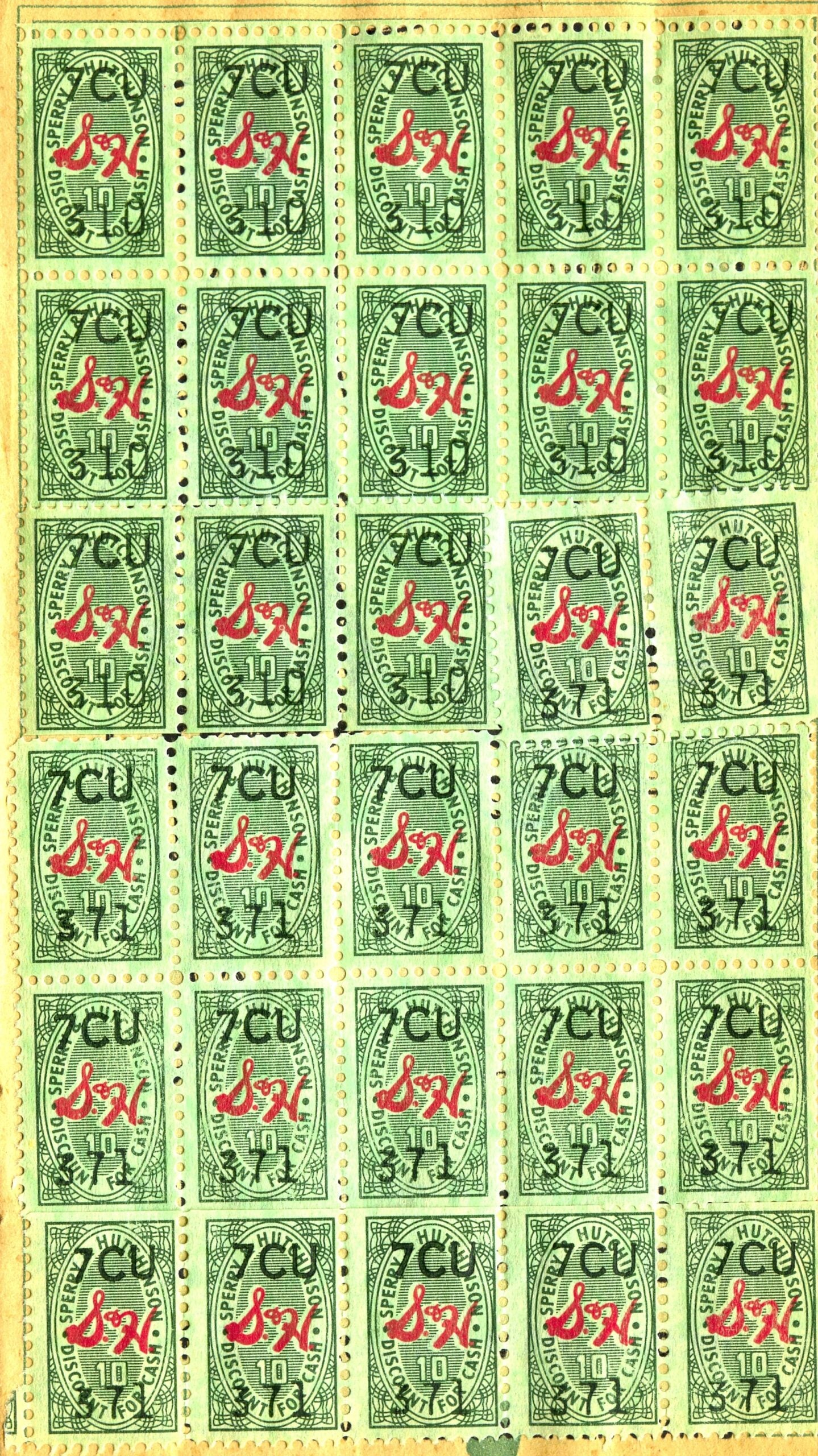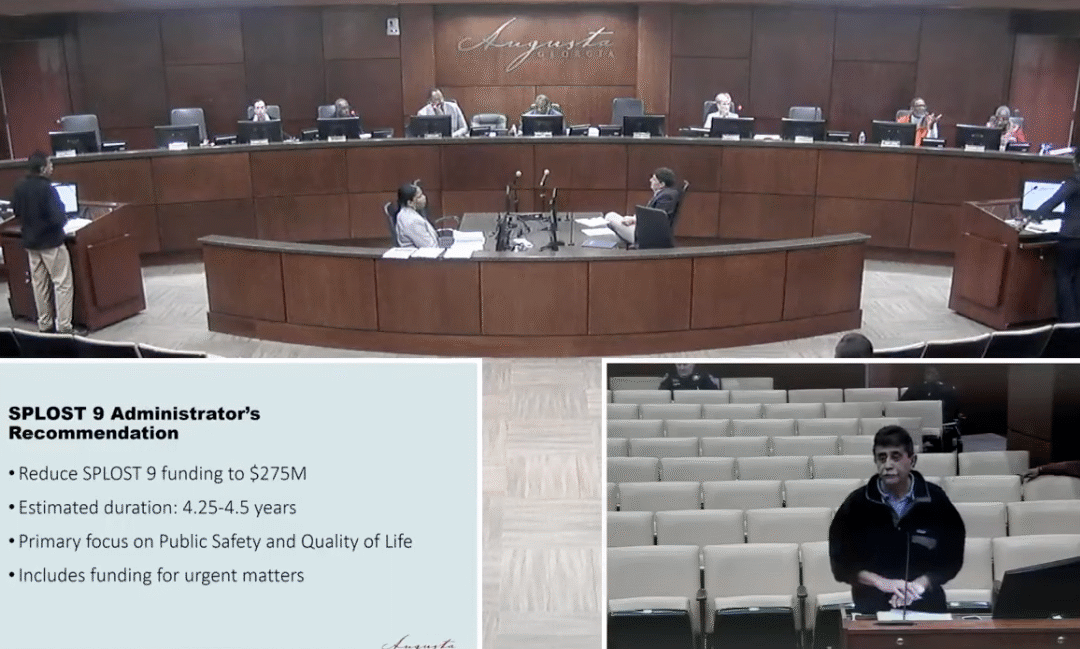Those over 50 may remember watching as children a grocery checkout machine spitting out little rolls of stamps alongside the receipt, then sitting at their mother’s or grandmother’s kitchen table and carefully pasting S&H Green Stamps into little booklets.
Many households had an entire drawer devoted to holding the loose roll of stamps until it was time to post the stamps in the booklet and either order from the S&H catalog or pay a visit to one of the showrooms to redeem the booklets for toys, bed linens, furniture and appliances.
MORE: Citizens give Augusta mayor vote on commission
The “Green Stamps” were the brainchild of Thomas Sperry and Shelley Byron Hutchinson who established the Sperry & Hutchinson Company in 1896 as a means to help grocery stores, gas stations and retail outlets sell more of their wares, according to Brittania.
In fact, long before air miles and credit card cashbacks, the S&H Green Stamps were the first loyalty program in America.
The novel idea was that the stores would purchase the stamps and booklets, and as people bought more items, they received more stamps that could be collected until there was enough accrued value to get something “for free.”
Of course, consumers likely did not realize that the store’s cost to buy the stamps from S&H was factored into the overall retail pricing, and so they really weren’t getting anything for free; it was more like they were paying in advance for future items to be selected out of a catalog.
The loyalty program really was seen as a gimmick at first, but, according to Britannica, the Great Depression saw the stamps surge in popularity as consumers had to watch every penny, and the stamps were a way to get things, such as a radio, that they normally could not afford outright.
During World War II, many housewives kept both their ration stamps and their S&H Green Stamps close by.
According to True Jersey, the stamps became so popular that S&H was printing three times as many stamps as the U.S. Postal Service, and its catalog was ranked up there with the Sears Catalog and the Holy Bible as one of the most widespread publications in America.
In the 1930s, the Nazis tried a similar approach with its launch of the “Volksgemeinschaft” or “People’s Community” program. In this scheme, citizens could have five Reichsmarks taken from their pay bucket each month in exchange for stamps.

The Nazi regime’s stamps would be added to a booklet, and once that booklet was filled, the citizens could trade the stamp booklet in for a shiny new Volkswagen; only the Nazis used the proceeds to fund rearmament, according to The Collector, and no one ever received a car through the program.
In 1962, the Green Stamps received their status as a true cultural icon when artist Andy Warhol used their image in his “pop art.” The original silk screen last sold for $5.2 million at auction.
S&H Green Stamps reached their peak of popularity from the 1960s through the mid-1970s, but by the 1980s, Americans didn’t want to spend time meticulously putting the stamps in a booklet to get some trinkets for free.
There have been attempts at converting the stamps into an online rewards service and technically speaking, the S&H company is still around; however, with people bombarded with apps and savings programs, it is likely that S&H’s heyday is long gone.
However, the vintage stamps have made a pretty decent showing on the collectors market with individual stamps and packs of them going from a dollar to $15 dollars on Ebay, depending on year and condition.
…And that is something you may not have known.
Scott Hudson is the Senior Investigative Reporter and Editorial Page Editor for The Augusta Press. Reach him at scott@theaugustapress.com











